Any award for ‘best new UK tram system’ would be hotly contested.
For example, there have been plenty of plaudits for the Nottingham Express Transit system since it opened in 2004, reflecting its expansion and the city’s vision for its trams (RAIL 734).
But the template remains Manchester, owned by Transport for Greater Manchester, and operated and maintained by French-owned RATP Group. Its routes now cover almost 50 miles across the conurbation, and there are plans for further expansion.
Manchester Metrolink began blazing a trail in April 1992, and in its first year it carried some 8.1 million passengers. As the network steadily expanded into new areas, so passenger numbers increased - it now carries triple that number of passengers, according to latest figures.
Estimated patronage (based on ticket machine sales) dipped once, from 13.8 million in 1997/1998 to 13.2 million in 1998/1999, before increasing rapidly to 14.2 million in 1999/2000.
The figure dropped again in around 2009, when parts of the system were closed for upgrades. But the 20 million mark was passed in 2011, and following Metrolink’s recent expansion the current figure now stands at 25 million.
And work to expand the system’s infrastructure is ongoing. Driver training over the line to Rochdale Town Centre line began in December, ahead of Rochdale services beginning to use the new route on January 27, ten days after the closure of the old railway alignment between Werneth and Oldham Mumps.
As with tram networks in other parts of the country, Metrolink faces its own unique challenges. It is an intensively used system, with peak demand on weekday mornings between 0700 and 0930 (and especially between 0730 and 0830).
To combat this demand, two trams have to be coupled together, with 11 double trams used (the maximum that the current operational fleet can muster).
Eight of those are used on the Altrincham and Bury lines, described as “far and away the network’s most established and busiest routes”, from 0700 onwards. The other three double trams run between East Didsbury and Rochdale, on a route that opened in May 2013.
The launch of Metrolink services to Ashton-under-Lyne in October 2013 prompted the adjusted phasing of double trams (following passenger feedback), specifically changing the double trams on the East Didsbury line to run between 0800 and 0830. Since January 27, these doubled-up services now leave East Didsbury between 0745 and 0815.
“We run these doubles to match demand, and regularly review their phasing (using passenger feedback from a number of channels, including social media) to ensure the overall balance across the peak period is as effective as possible,” says a Metrolink statement.
But there’s only so much that can be done to meet the expectations of passengers on overcrowded morning peak services.
Hence the Second City Crossing (2CC). This will run from a point on Corporation Street south of Manchester Victoria, along the west of Exchange Square, past the Town Hall, and onto the existing track at St Peter’s Square and Lower Mosley Street.
As a result of the 2CC work, the existing Metrolink stop in St Peter’s Square will be relocated to the northern end of the square, close to the Mosley Street/Princess Street junction. The existing tracks between Elizabeth House and the Central Library will be realigned, to help create a new ‘civic space’.
The new stop is situated on Corporation Street between Exchange Square and the Manchester Arndale, serving major retail and leisure facilities in the area including the Royal Exchange, Manchester Arndale, Marks and Spencer, Selfridges, Manchester Cathedral, the Triangle, the Printworks, the Medieval Quarter, and the new National Football Museum.
Work on this route was authorised in November 2011, after the Transport for Greater Manchester Committee authorised a Transport and Works Act application (which was submitted to the Department for Transport in May 2012). Physical construction work started at the end of 2013.
“It is a starter pistol for a marathon civil engineering project that is an essential part of the Metrolink expansion,” says TfGM Committee Chairman Andrew Fender, emphasising the economic benefits that the 2CC will bring to Greater Manchester.
TfGM Metrolink Director Peter Cushing, meanwhile, describes it as “a significant piece of work, and not without its challenges”, adding: “But we have learned a huge amount, successfully delivering new street-running lines to Ashton, Oldham and Rochdale town centres and to Wythenshawe and Manchester Airport. And we will be drawing on this experience to keep disruption to an absolute minimum.”
The 2CC will do pretty much ‘what it says on the tin’, providing greater capacity through the city, and in turn allowing Metrolink to run more frequent services across the network.
In conjunction with the building of the 2CC, Metrolink will add a Shaw and Crompton-Exchange Square service in 2015. It hopes to complete construction work by 2017 at the latest (depending on funding).
The current focus is very much on expanding the system to meet Greater Manchester’s public transport needs, rather than doubling up capacity on any more services.
TfGM says it wants to commission new vehicles as soon as possible, but adds: “As they have been ordered for the network’s ongoing expansion, this process is closely linked to bringing new lines into service, such as East Didsbury and Ashton.”
Nevertheless, TfGM’s £200 million investment in its new M5000 trams will (once complete) provide 62 new units to serve the new lines launched under the Metrolink expansion scheme, and an additional 32 new trams to replace all of the network’s original trams.
Over time, these original trams have become significantly less reliable, and prone to faults that lead to service disruption. TfGM says that the number of vehicle faults affecting services has decreased as more of the new M5000s are introduced.
The new trams are being supplied by a consortium of Bombardier Transportation and Vossloh Kiepe.
Bombardier assembles the trams in Vienna, while Vossloh Kiepe supplies the propulsion equipment from its factory in Düsseldorf. Both consortium members are also actively involved in the testing and commissioning of the vehicles in Manchester.
The M5000s will become the standard tram on the Metrolink network, replacing the remaining T-68 and T-68A models that launched the system in 1992, and which were established as the standard rolling stock for the first 17 years of the Metrolink network.
The two-car vehicles, which have a capacity of either 84 or 82 seated, were the first of the ‘second-generation’ trams to enter service in the UK. By January 30, just three of the original T-68 model remained operational, while only two of the T-68A model continued in service. The first T-68 (tram 1011) was withdrawn on April 18 2012, while the first T-68A was withdrawn on April 4 2013.
The M5000, like the previous generation of T-68/T-68A trams, can operate in multiple formation. This means that when two vehicles are coupled together, capacity can be provided for more than 400 passengers.
The trams have a bright and vibrant presence in Manchester city centre, even on the bleakest days, making locals and visitors alike aware that Manchester is very much tram territory.
Yet overcrowding can still be a problem.
“As we are running all the double trams we can within the current fleet, the challenge we face is getting that balance right when demand is at its highest,” said a statement from Metrolink in January.
With an expanded and brand new fleet, the Metrolink network is well placed to deal with the demands placed on it in the future, such as the proposed coming of HS2 (with a terminus planned at Piccadilly).
A high-speed rail network can only operate with effective point-to-point transport, from front door to destination, so integration will be key.
If future developments, such as tram-trains, can be a realistic proposition for the wider city, then Metrolink will continue to retain its place as the UK’s premier light rail system
- This news article was published in RAIL 742 on 19 February 2014

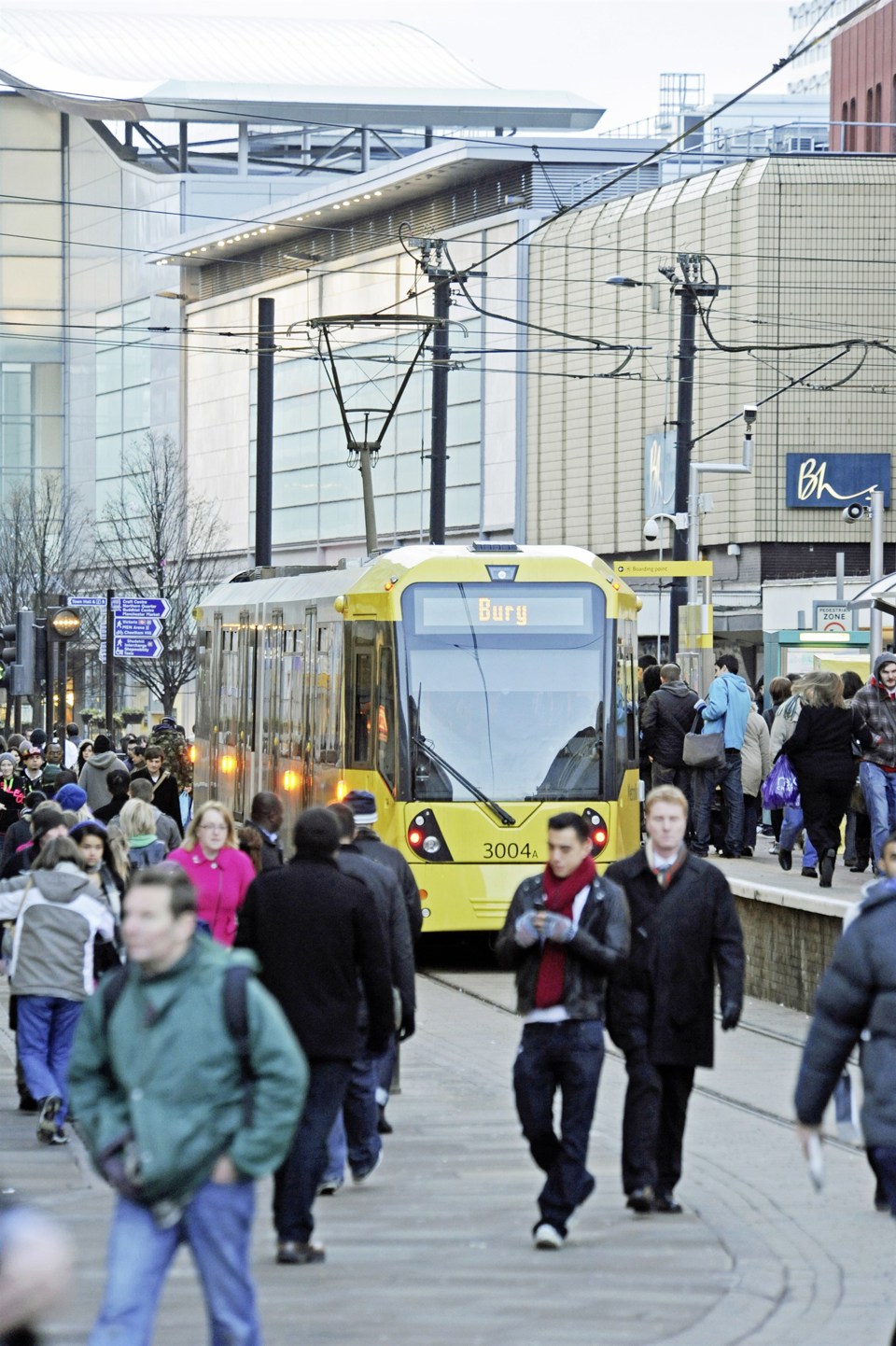
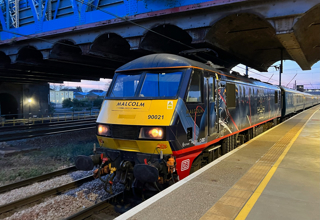
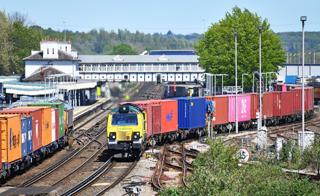
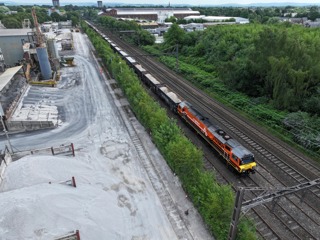
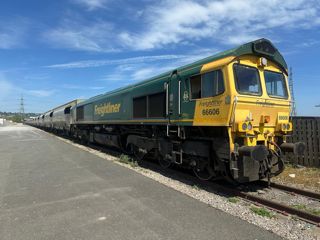
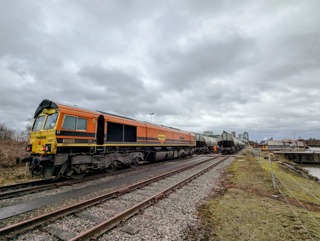


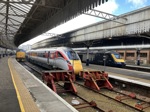
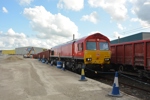






Login to comment
Comments
No comments have been made yet.